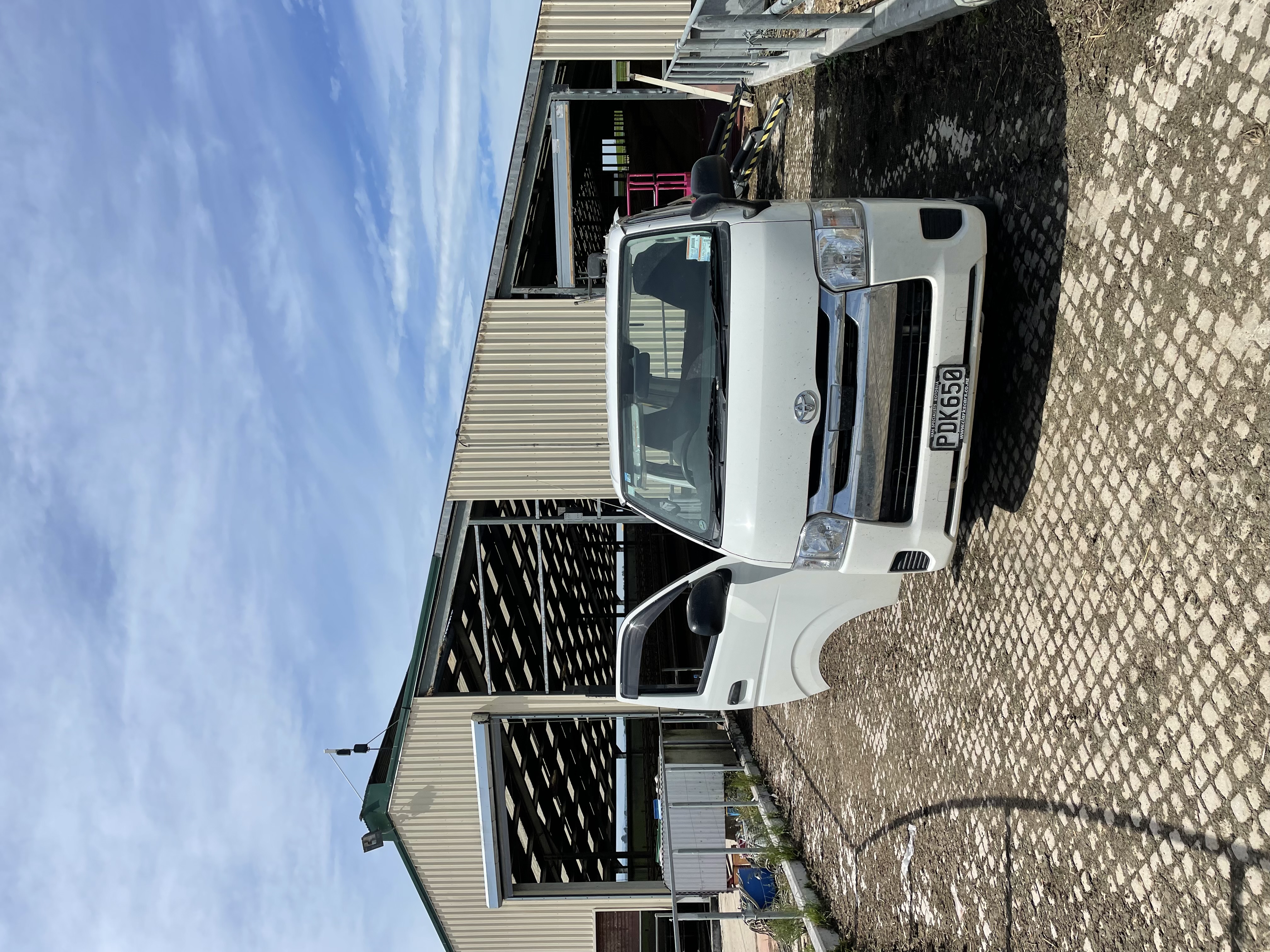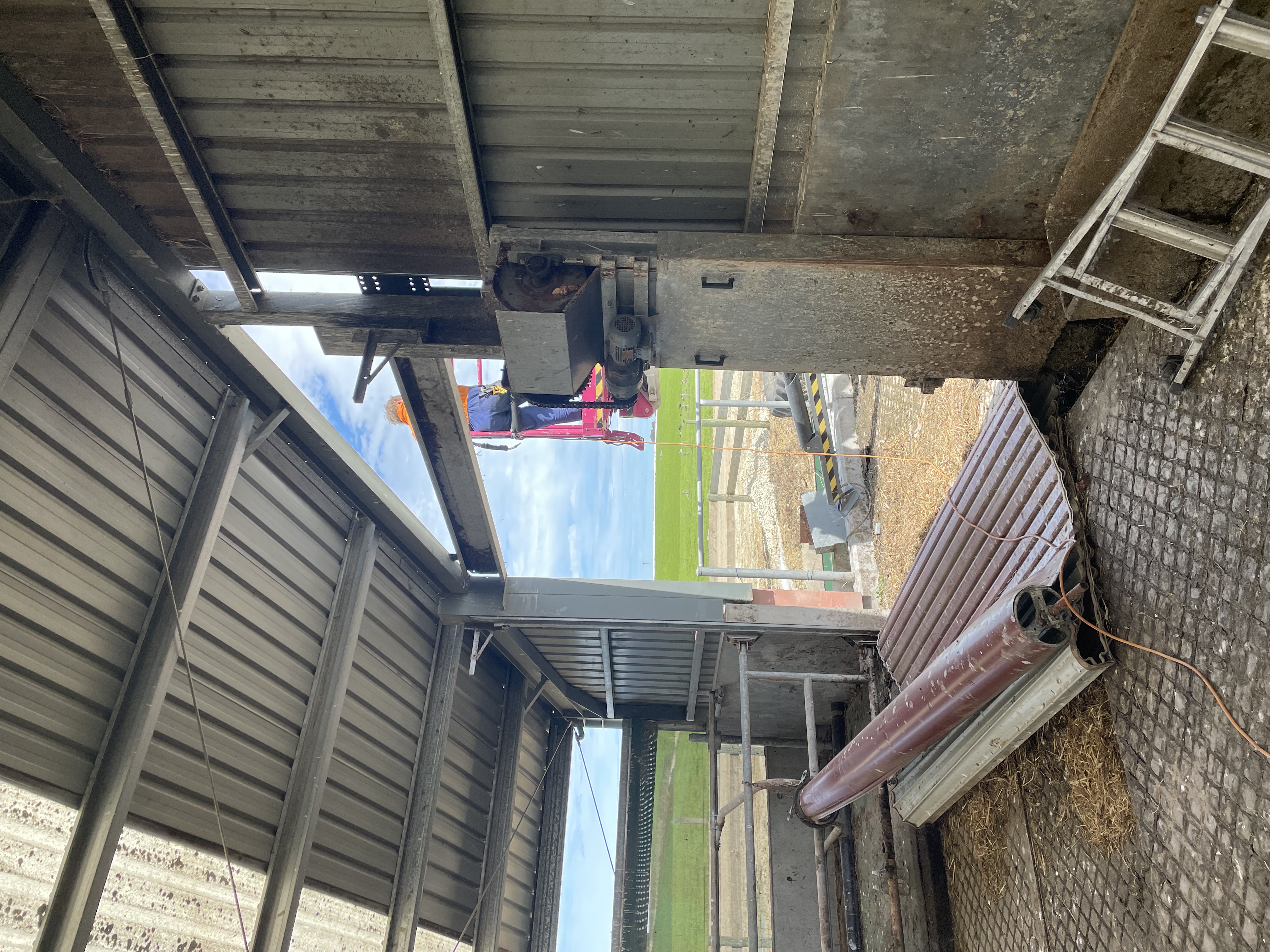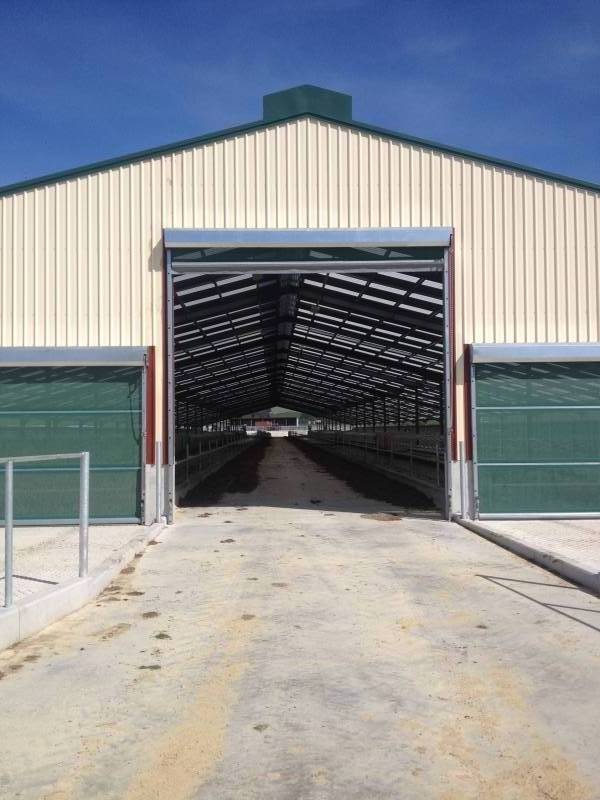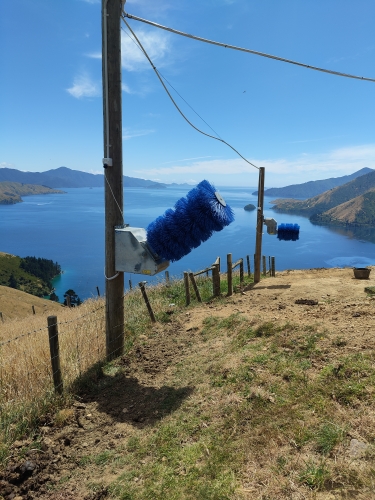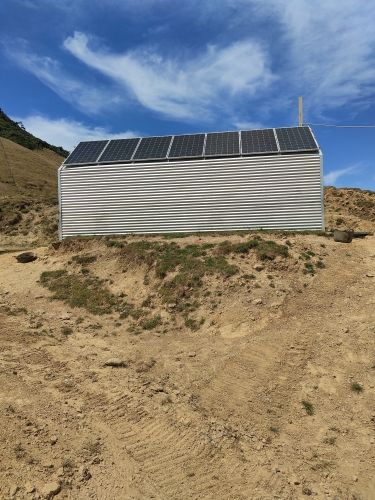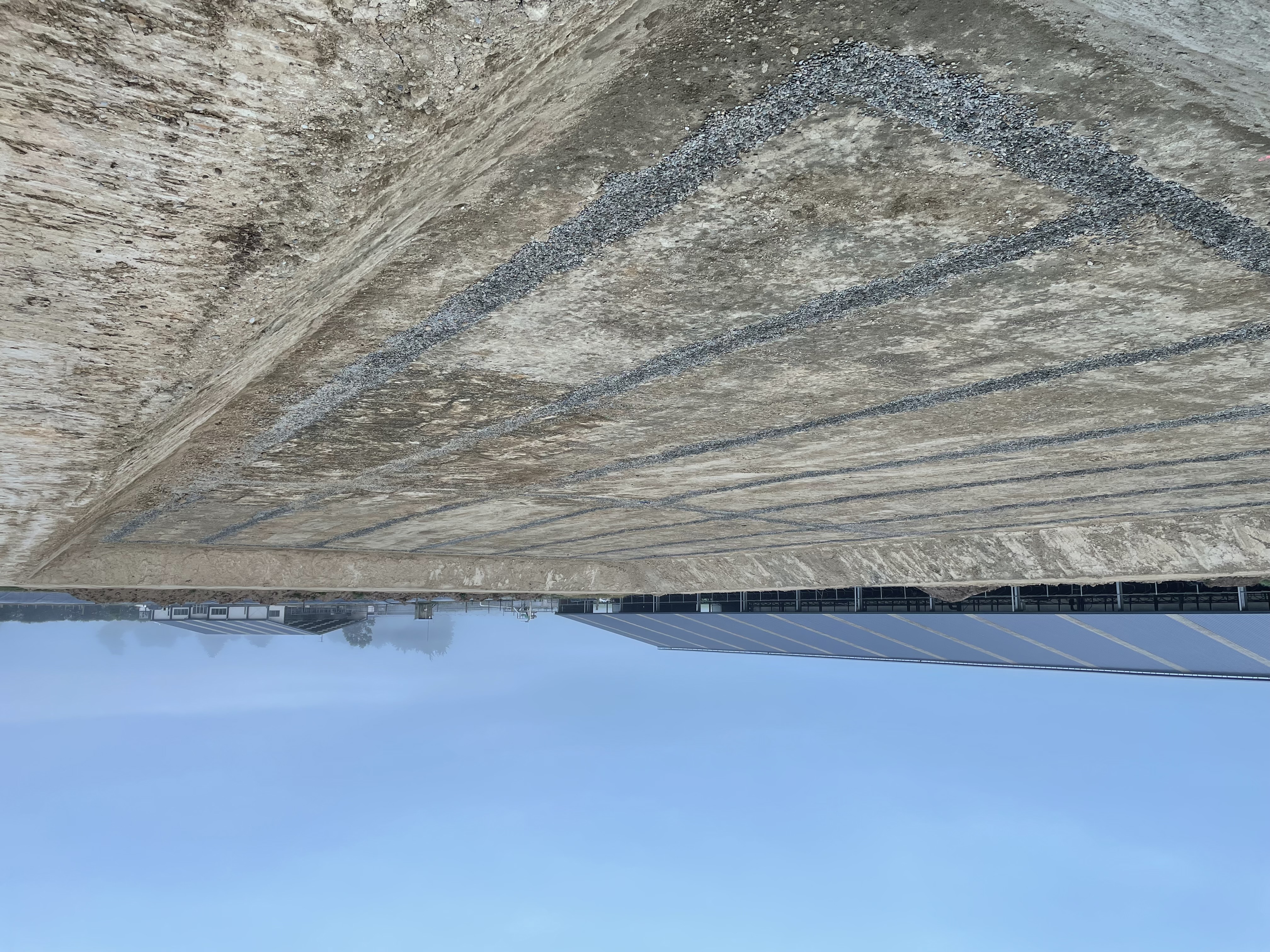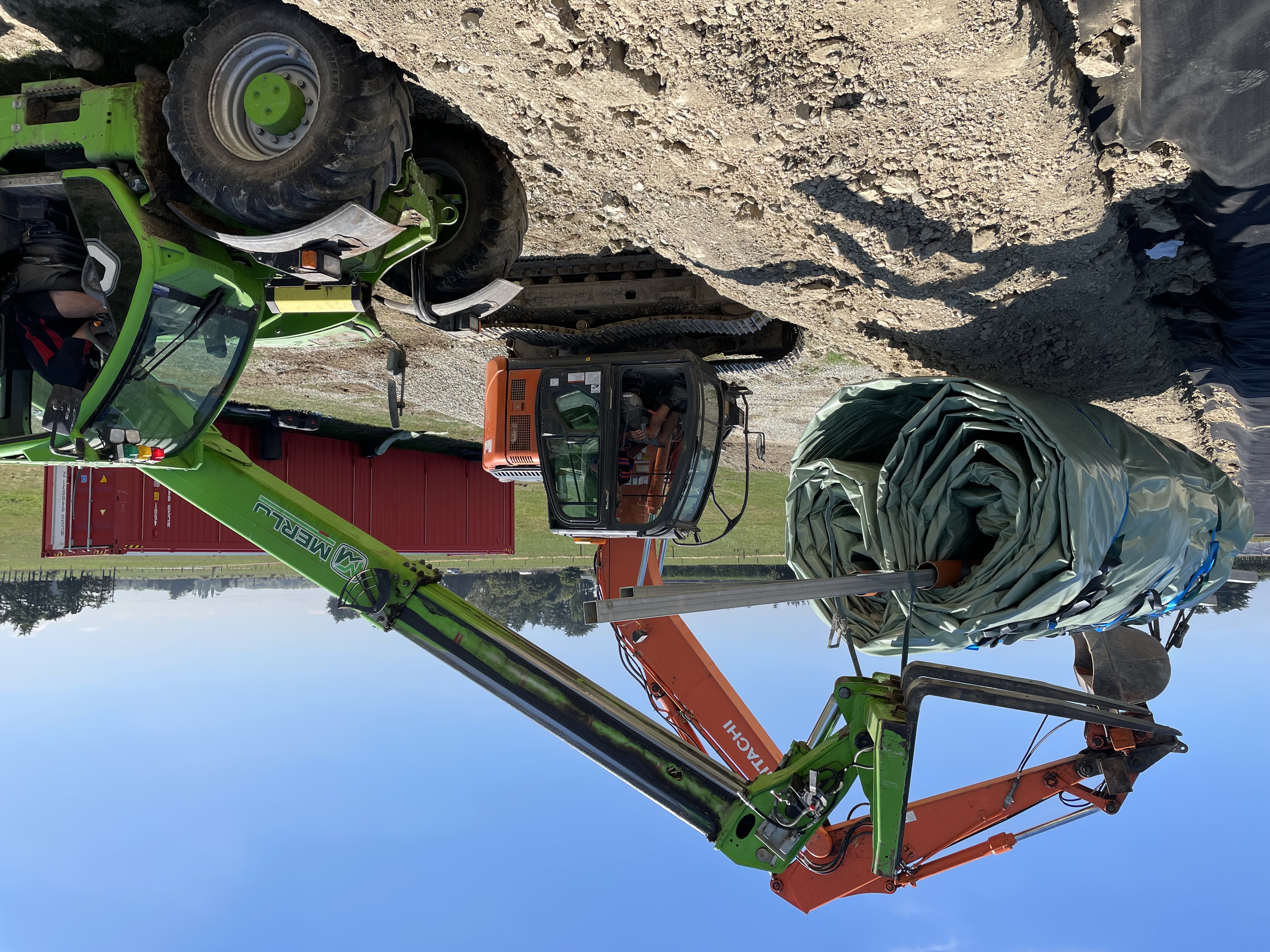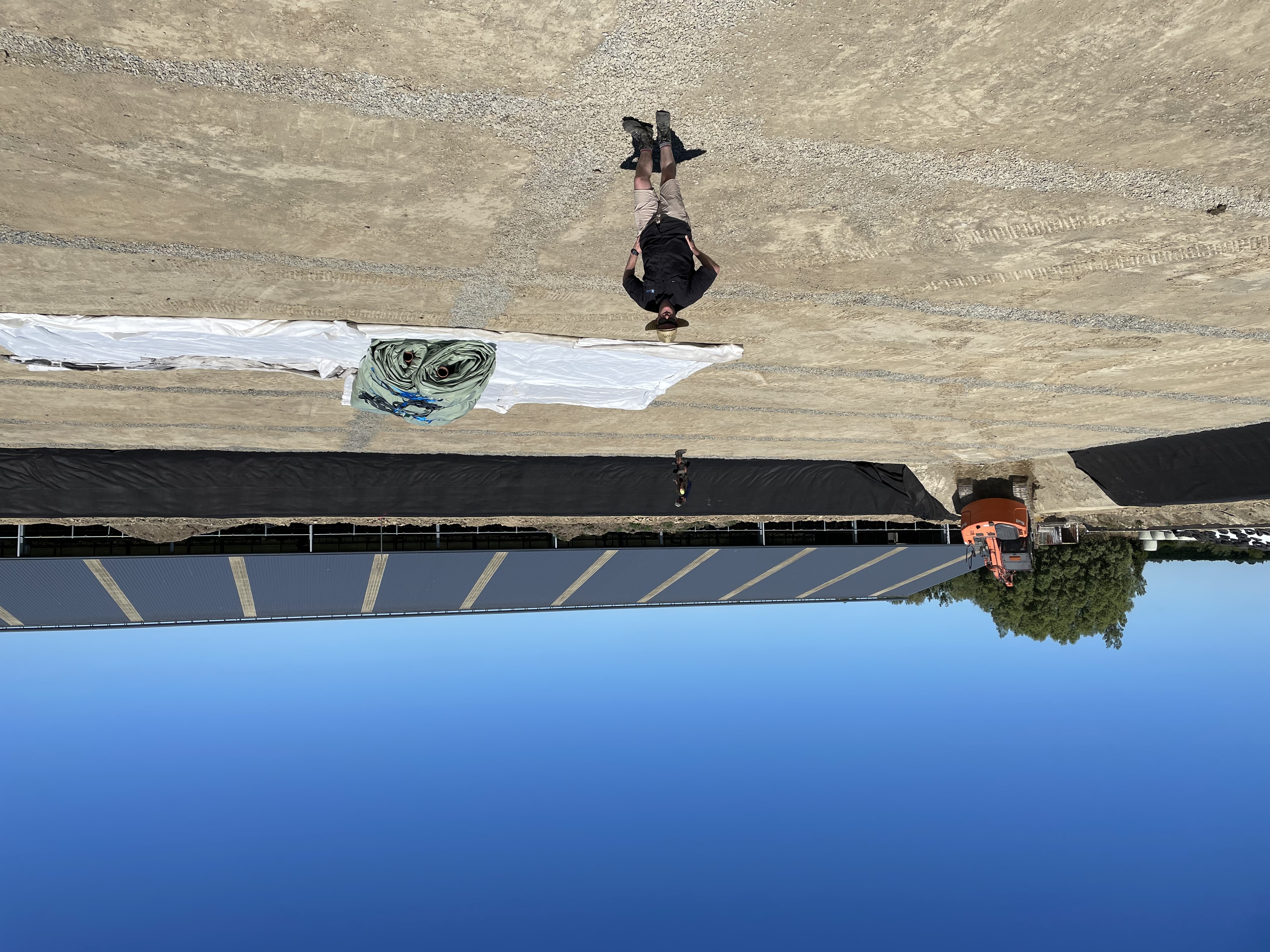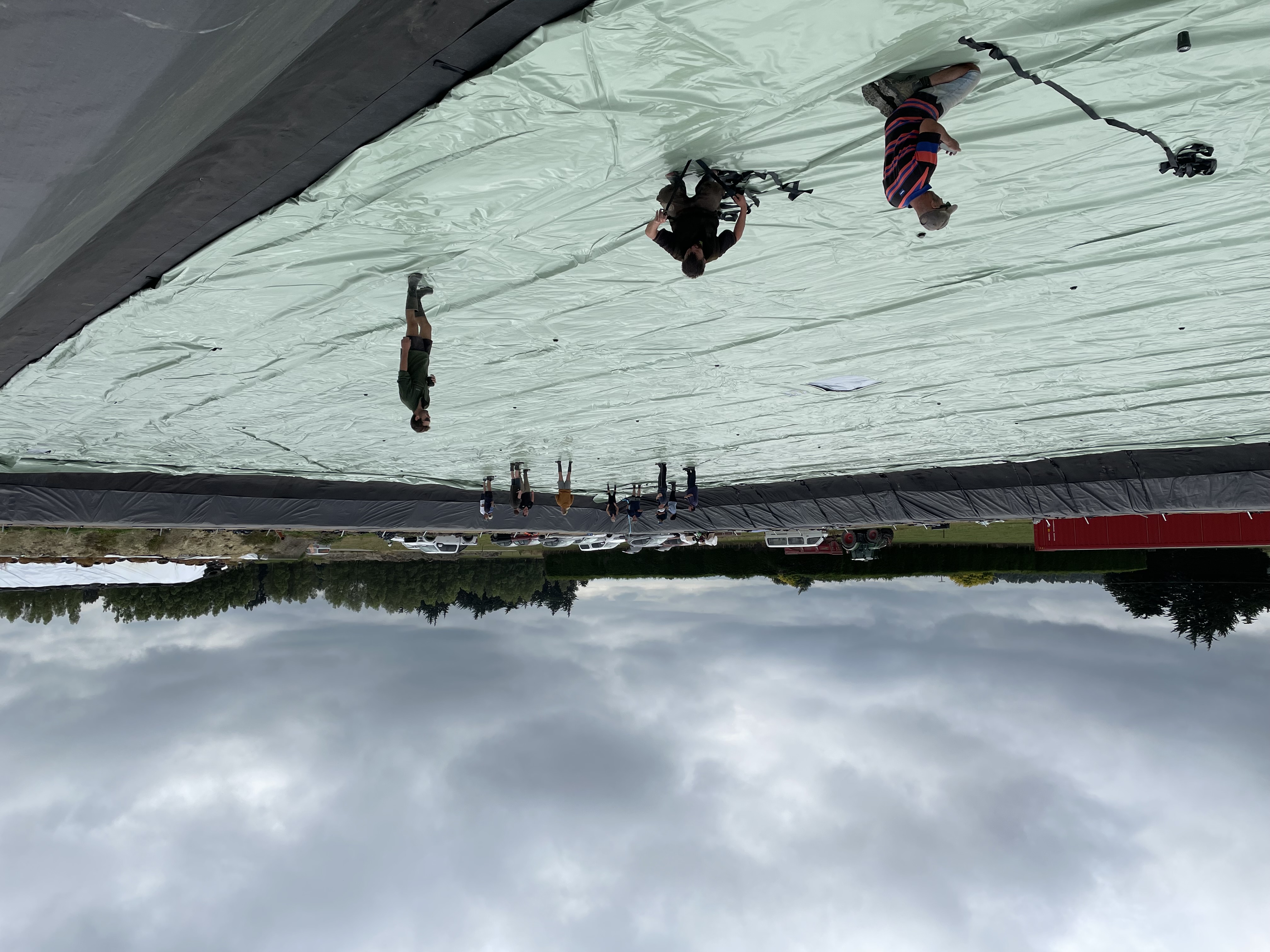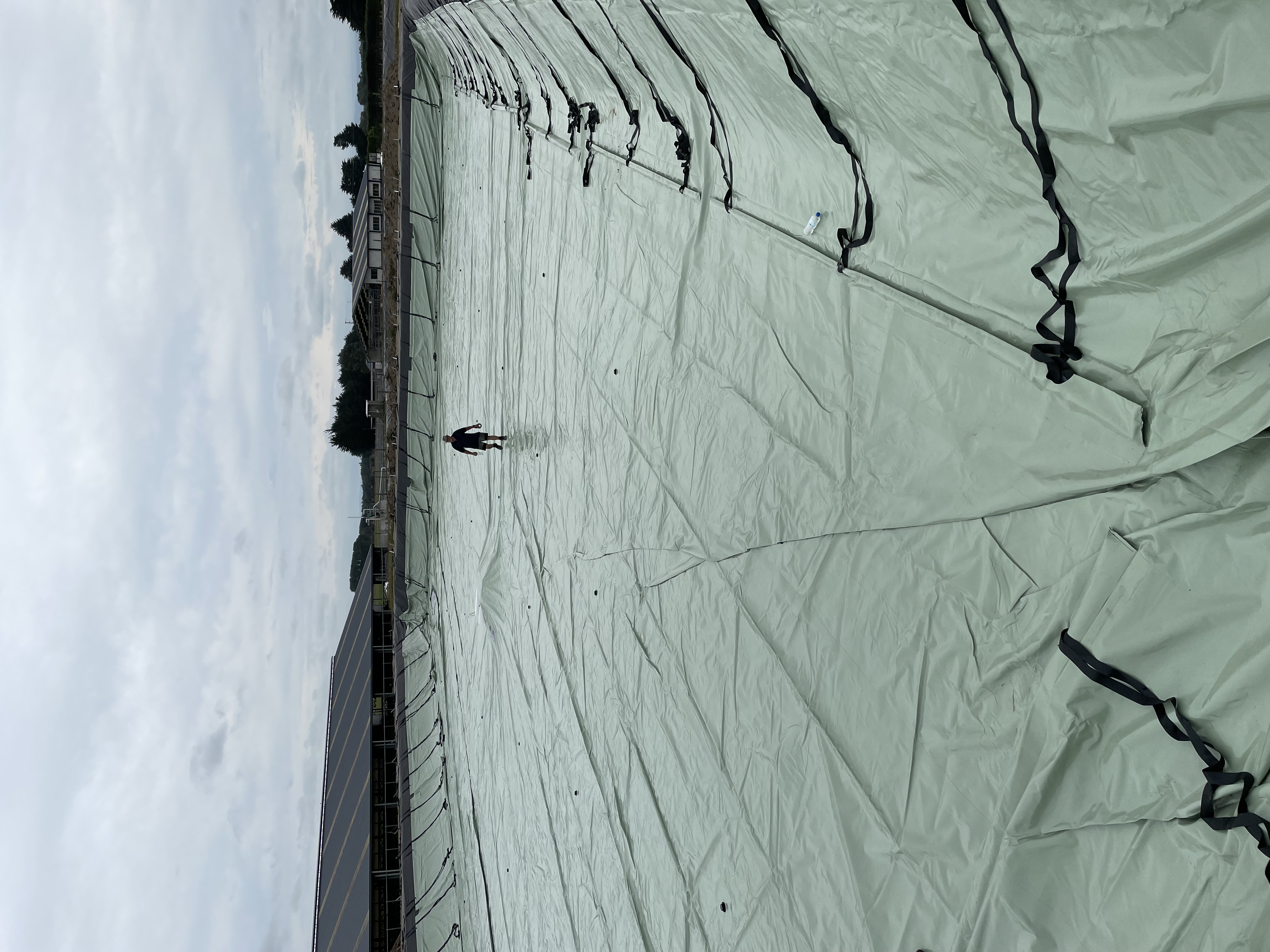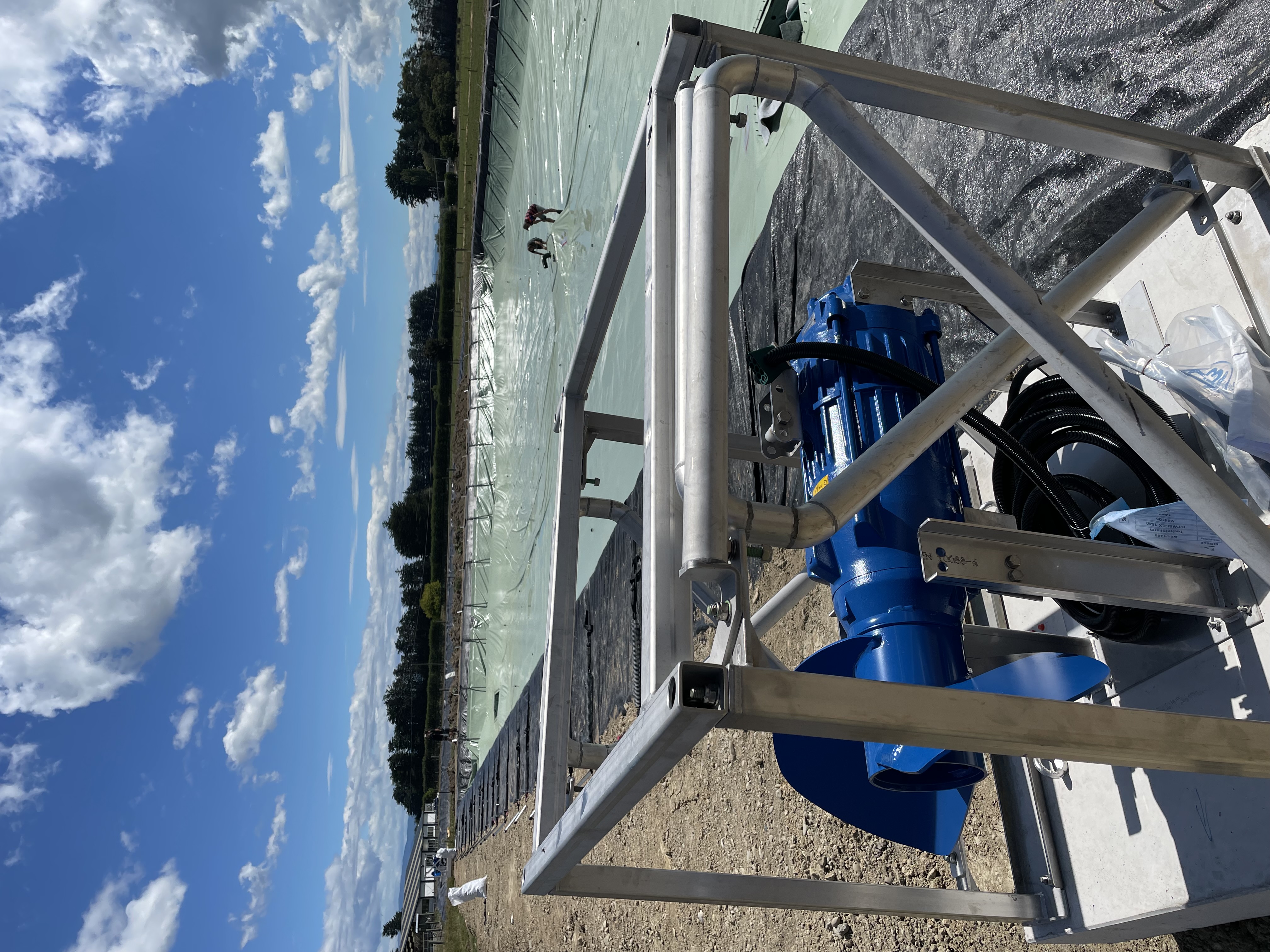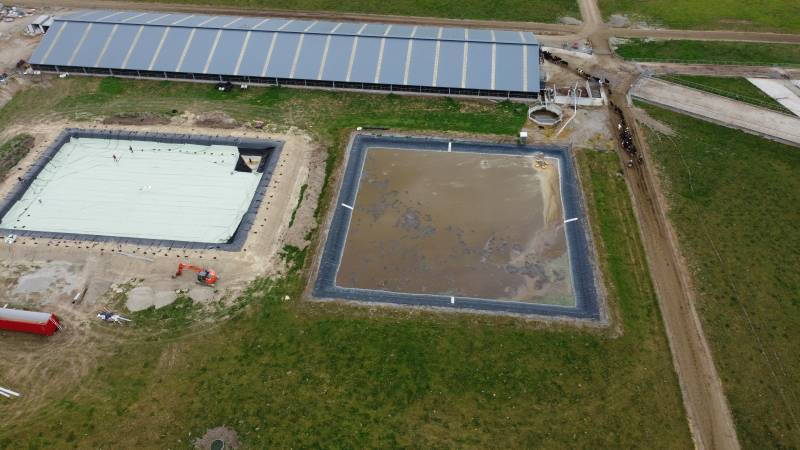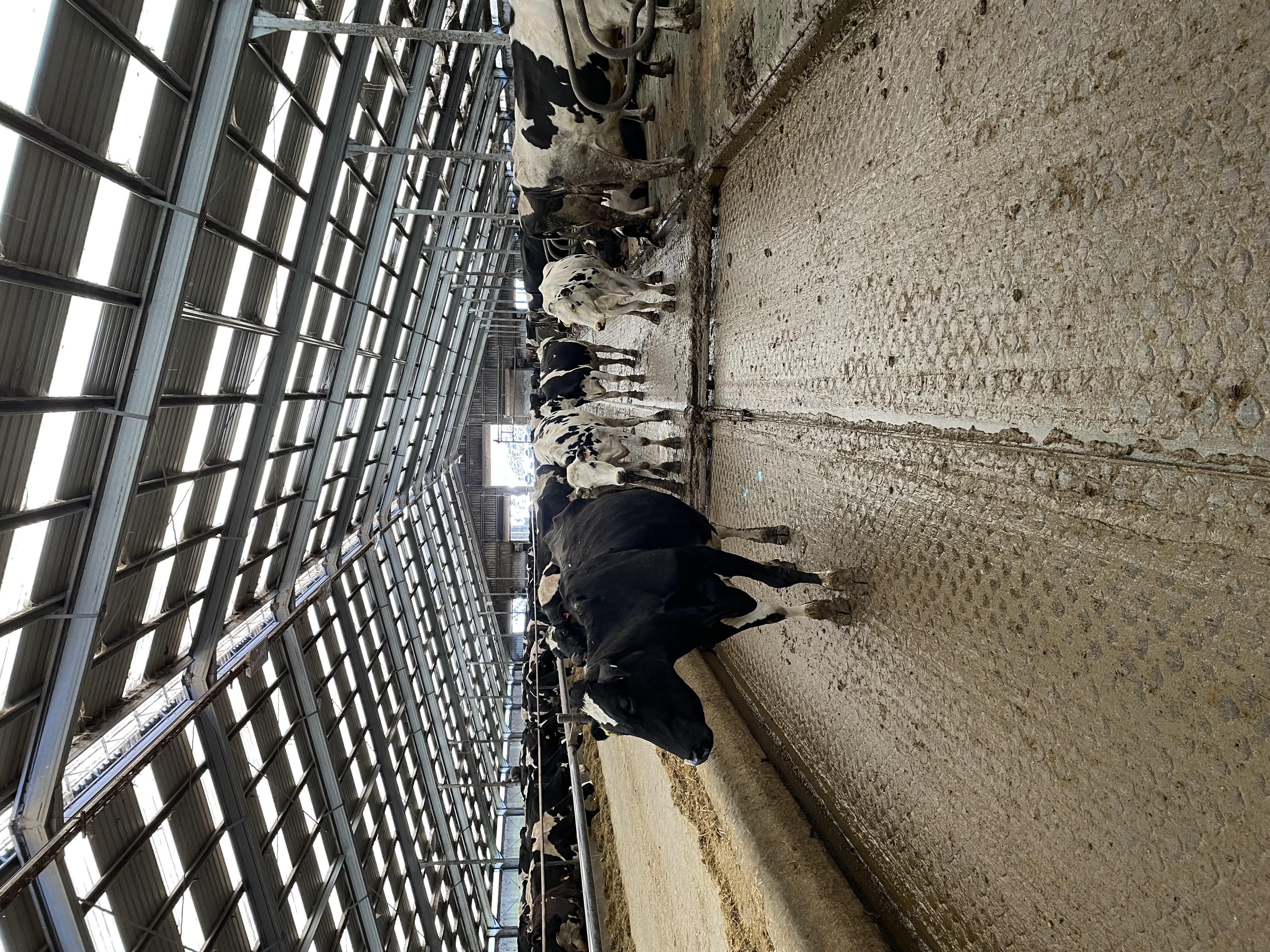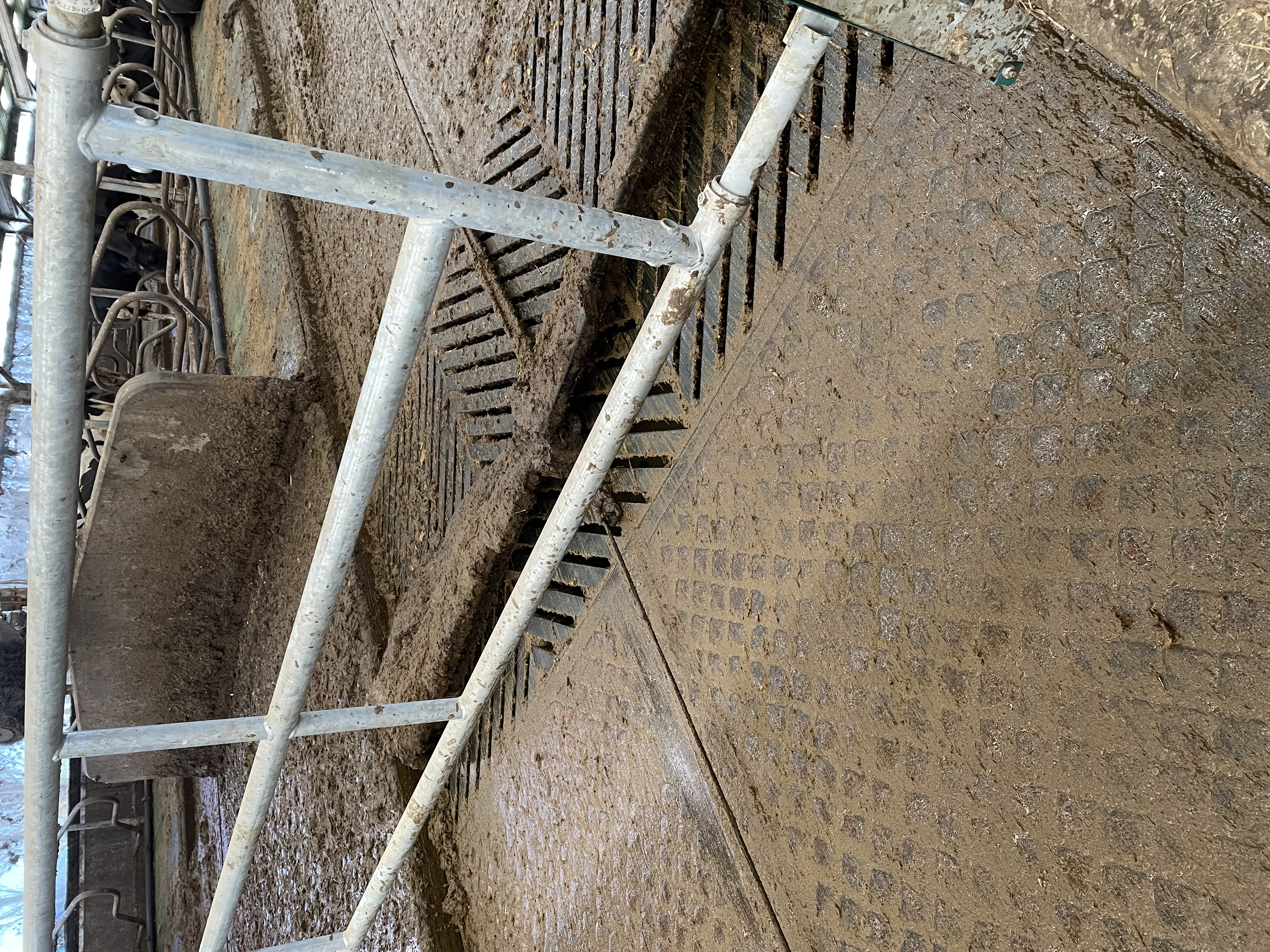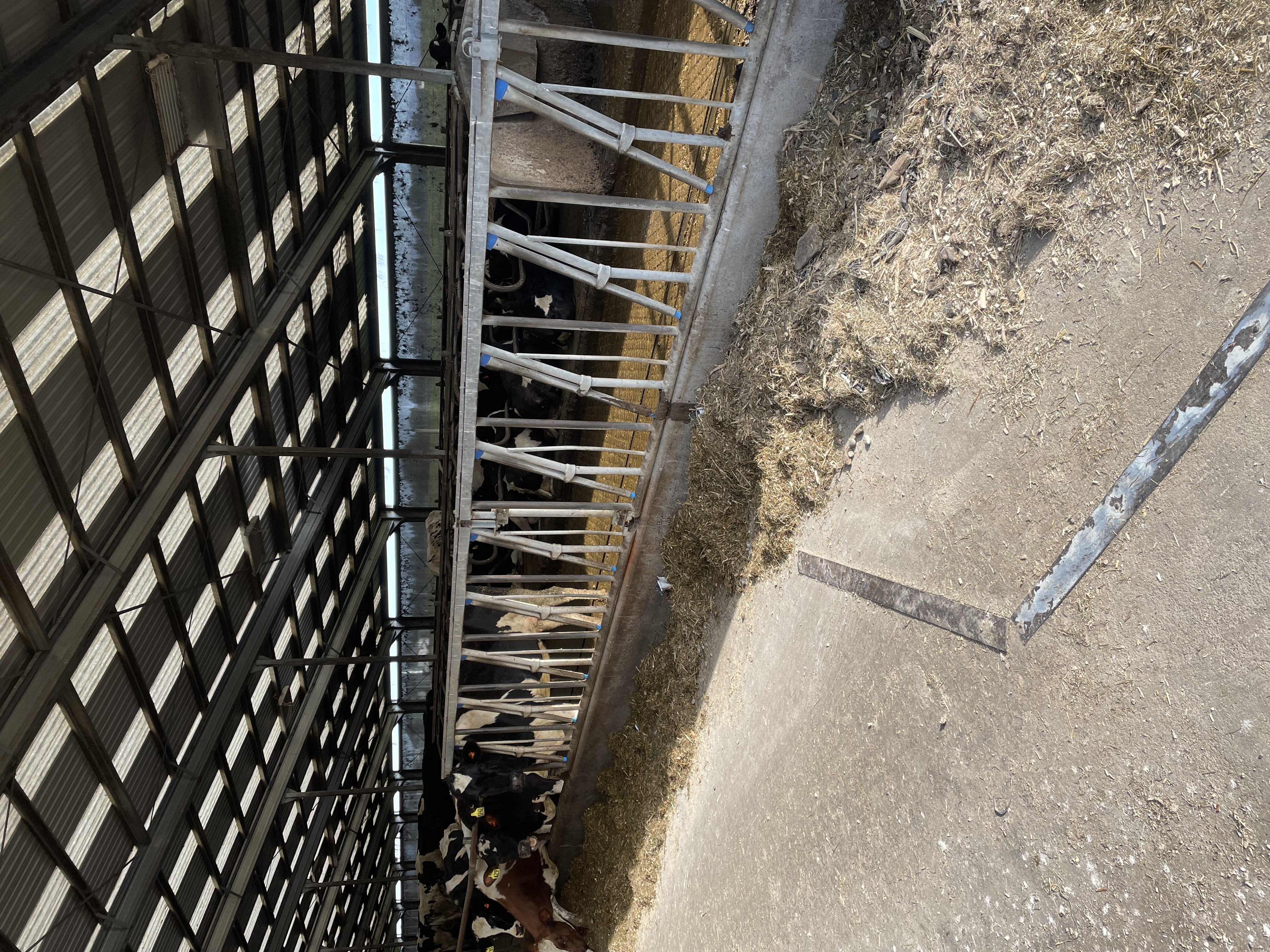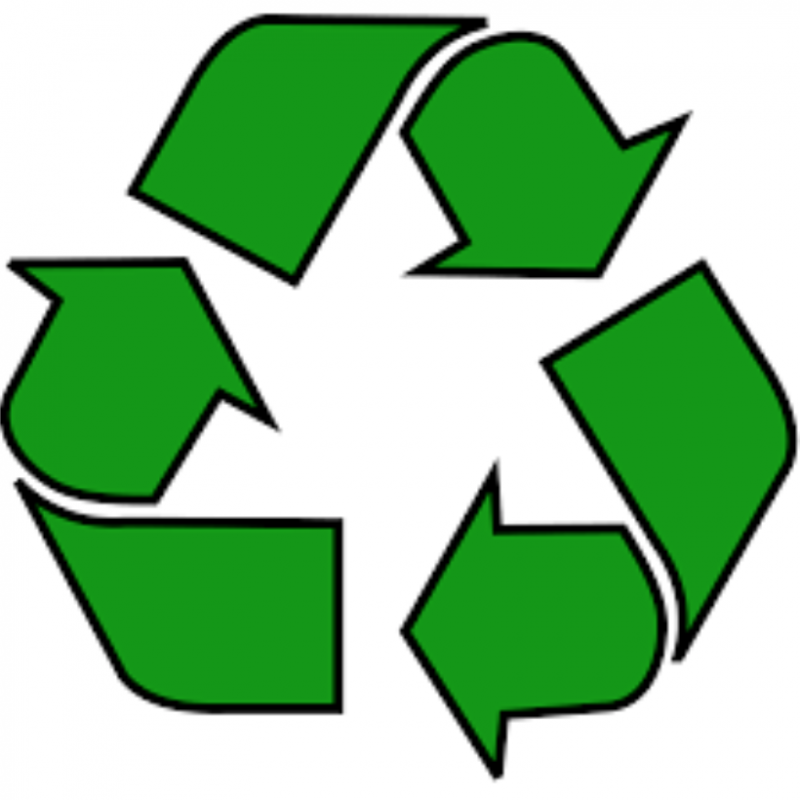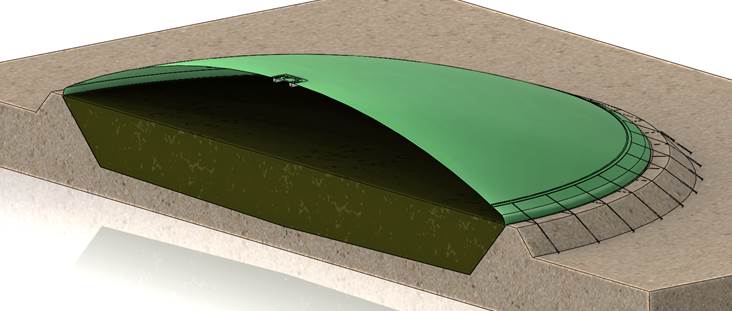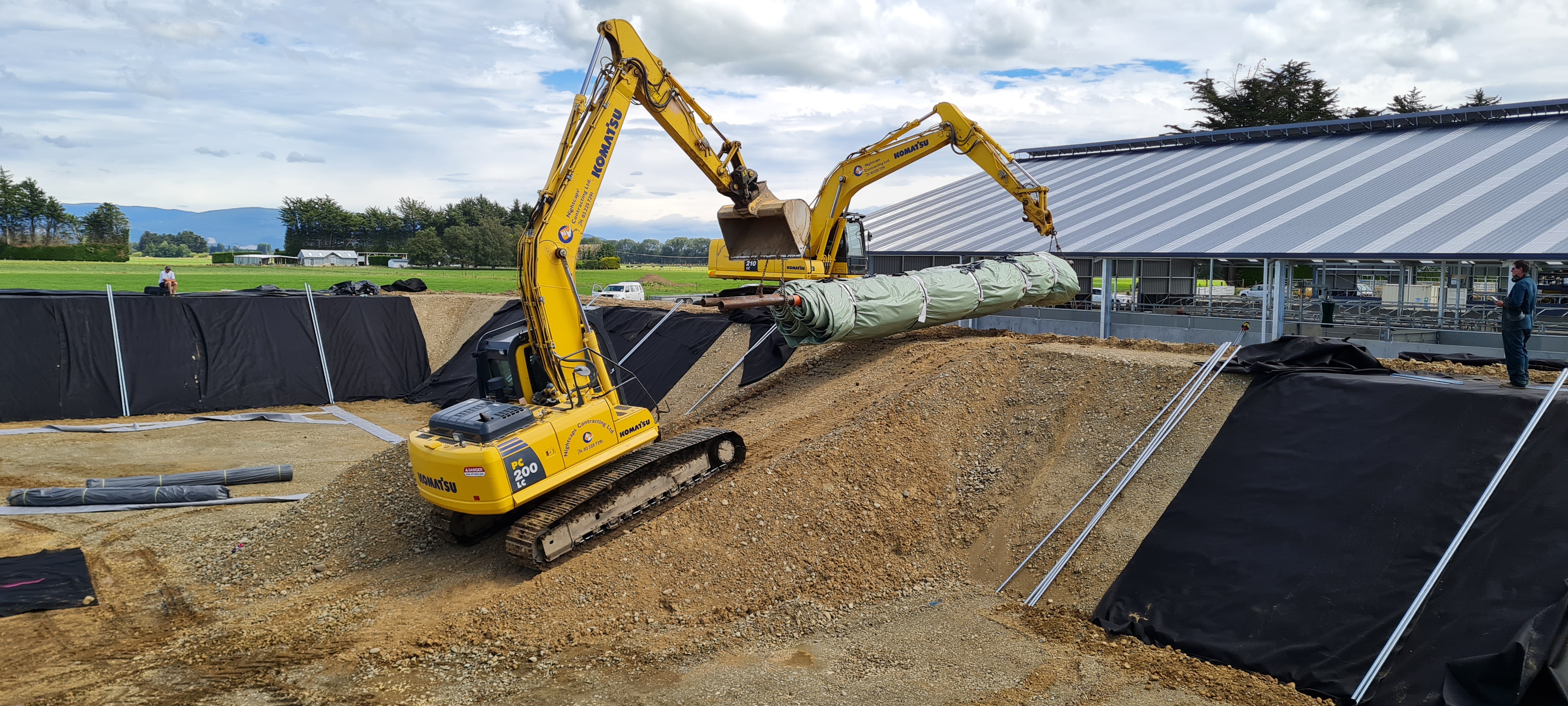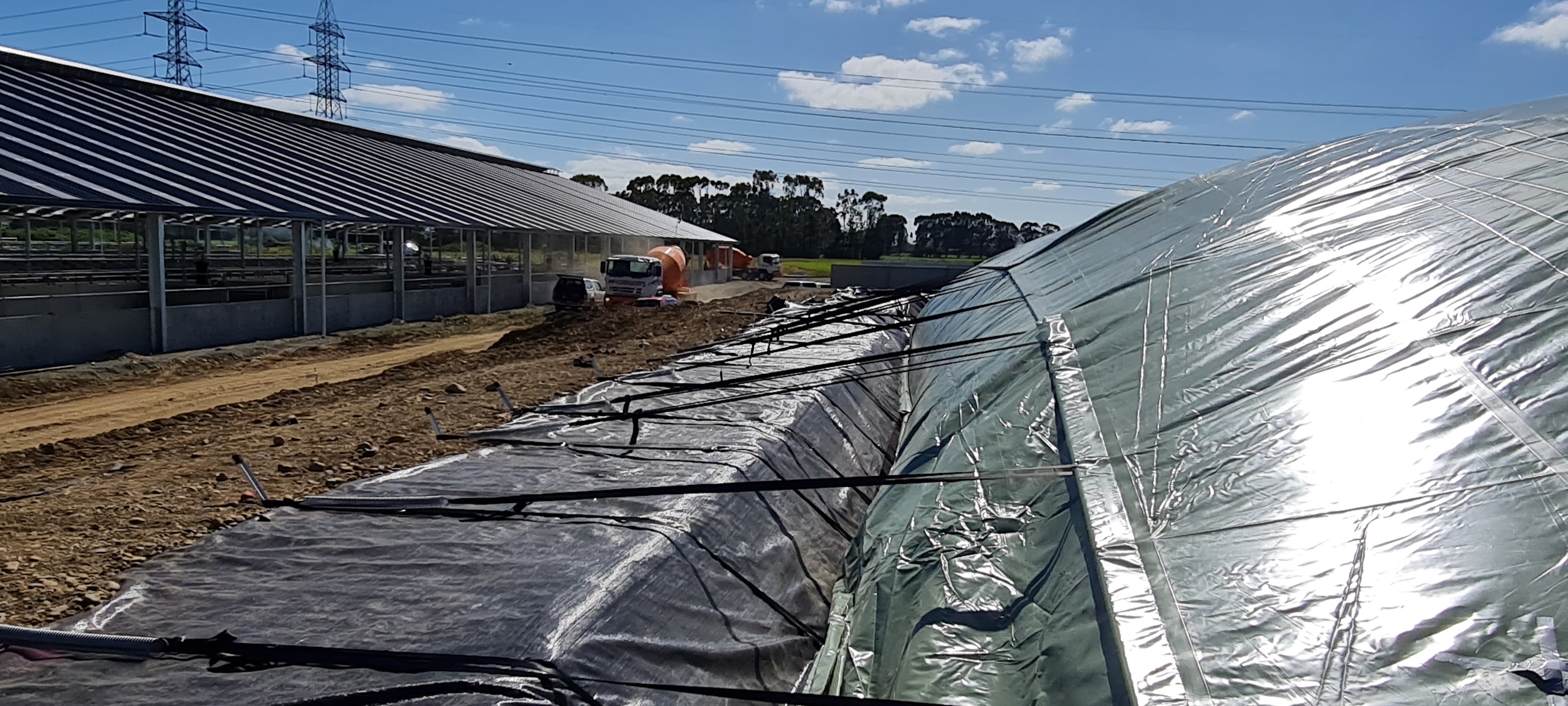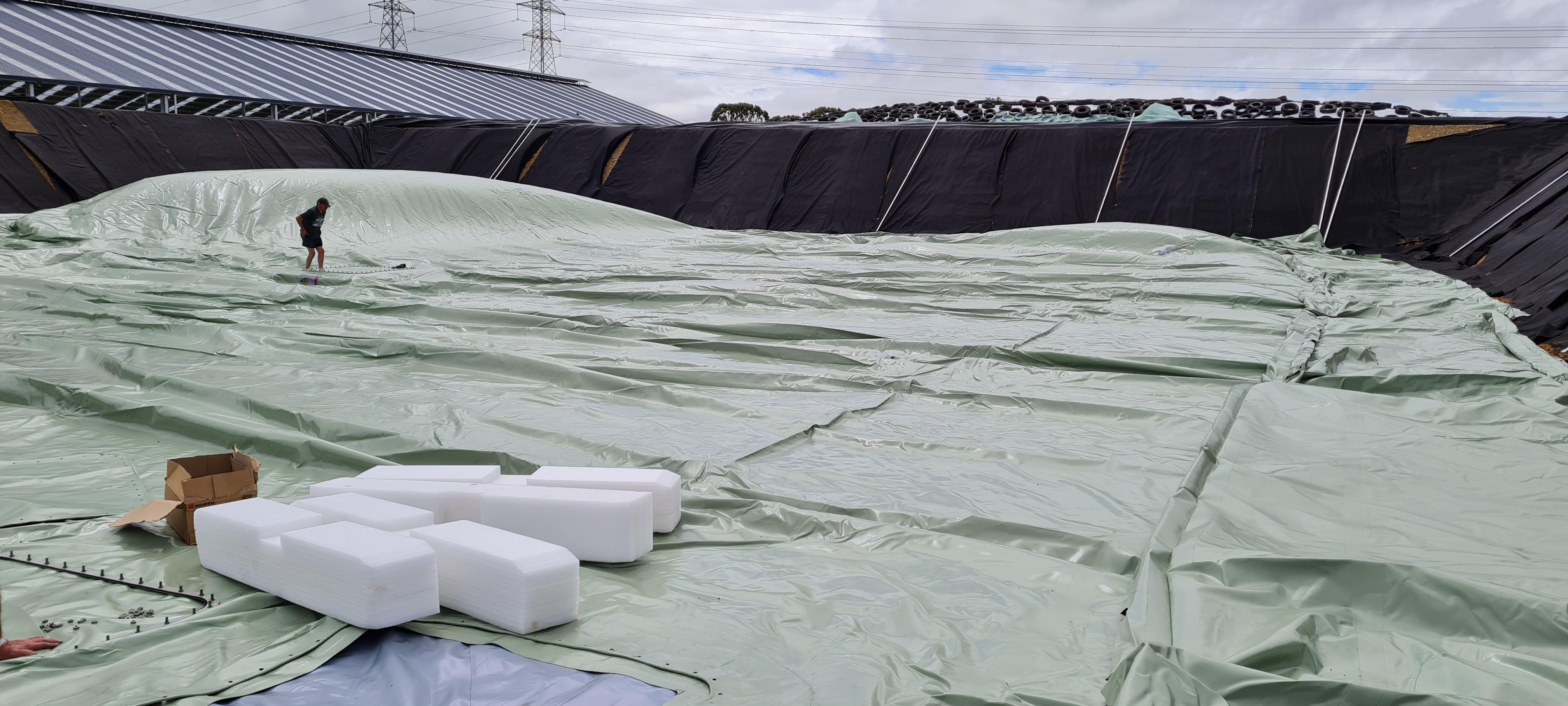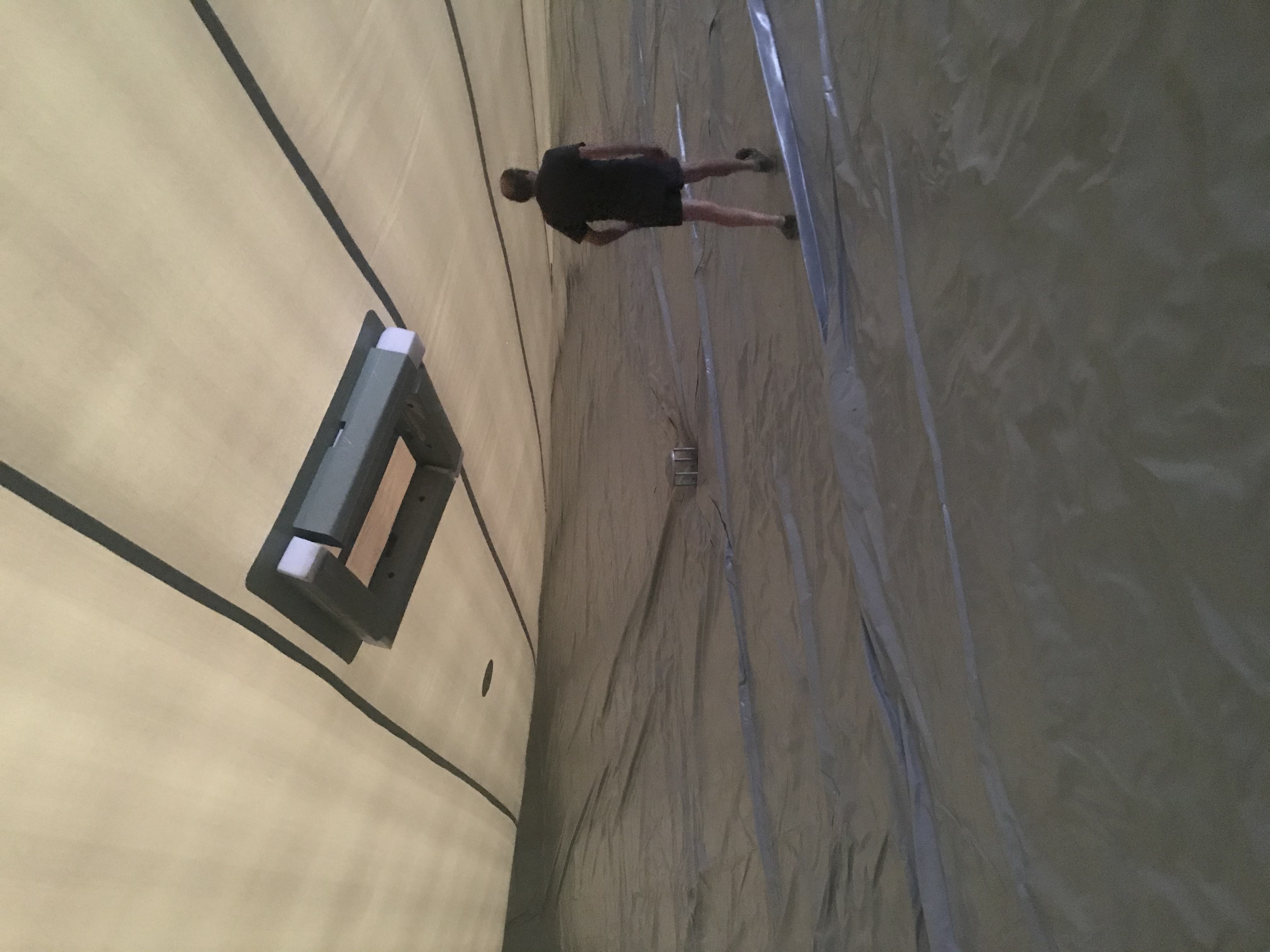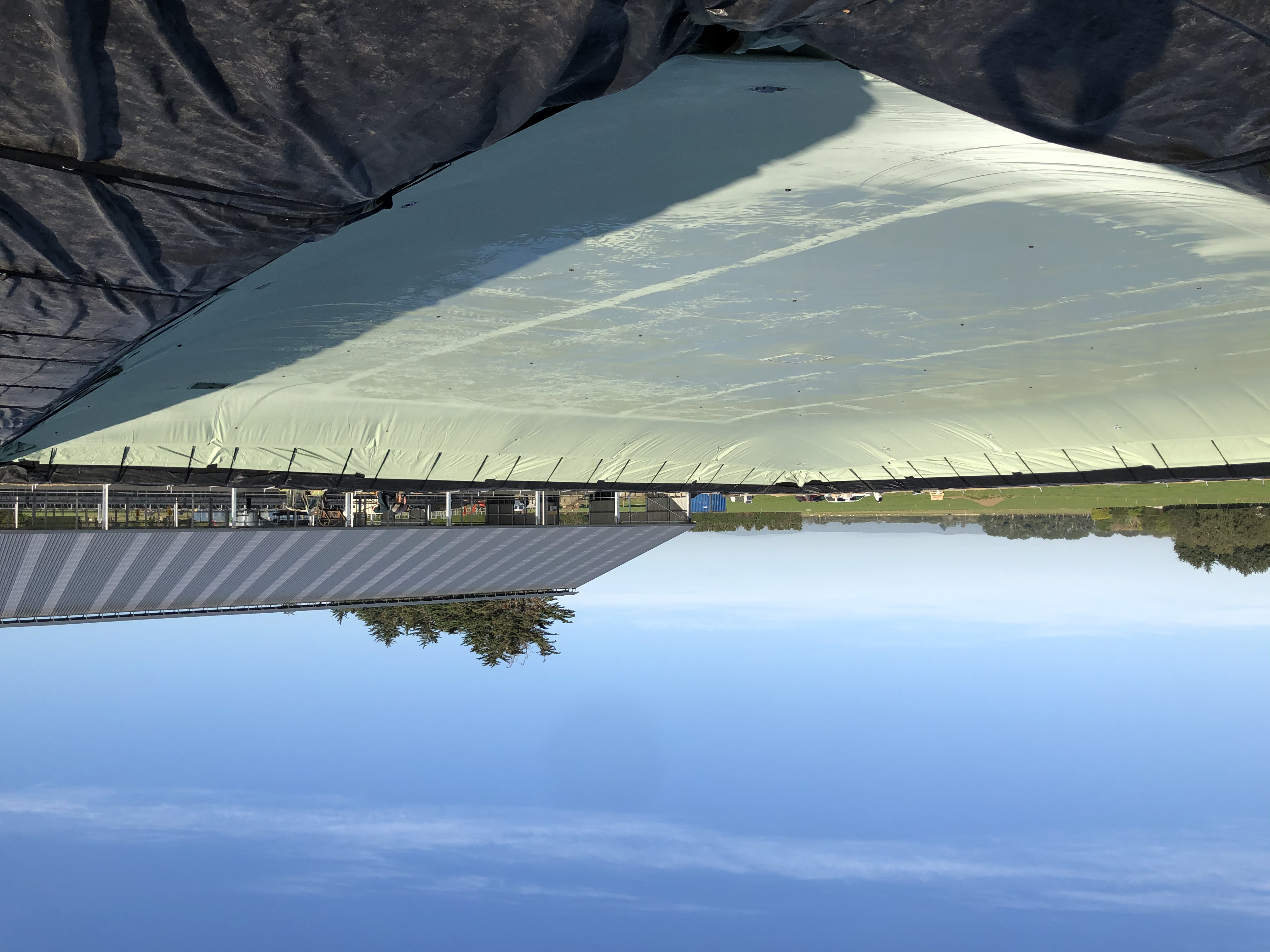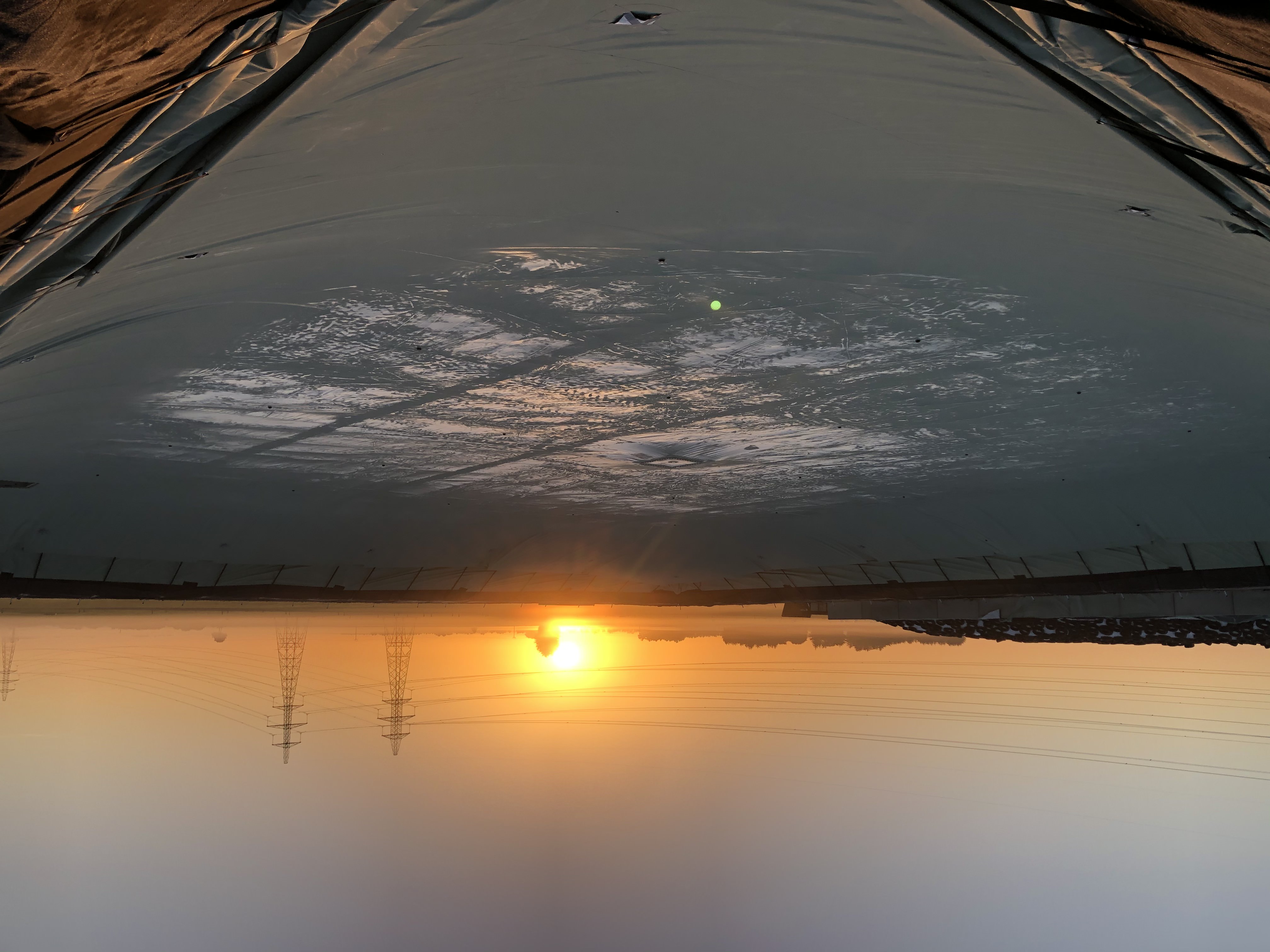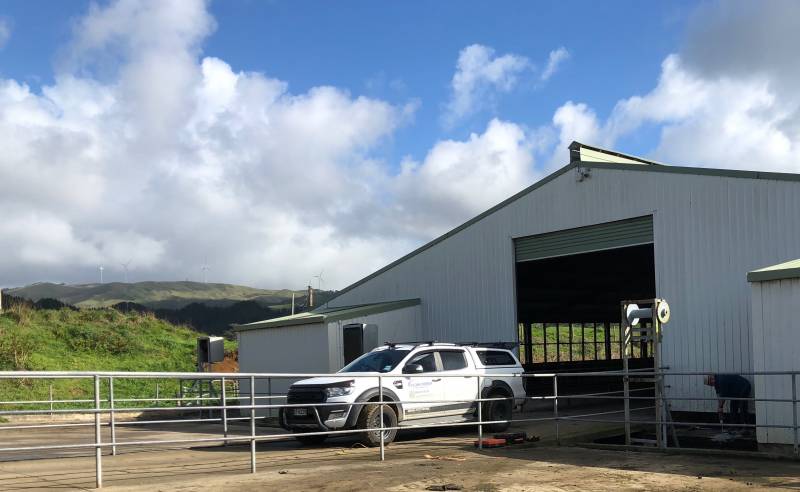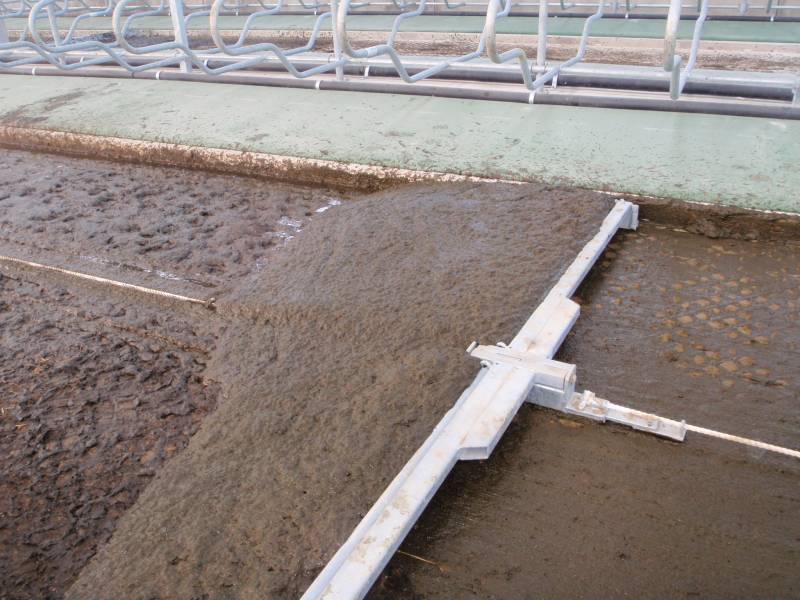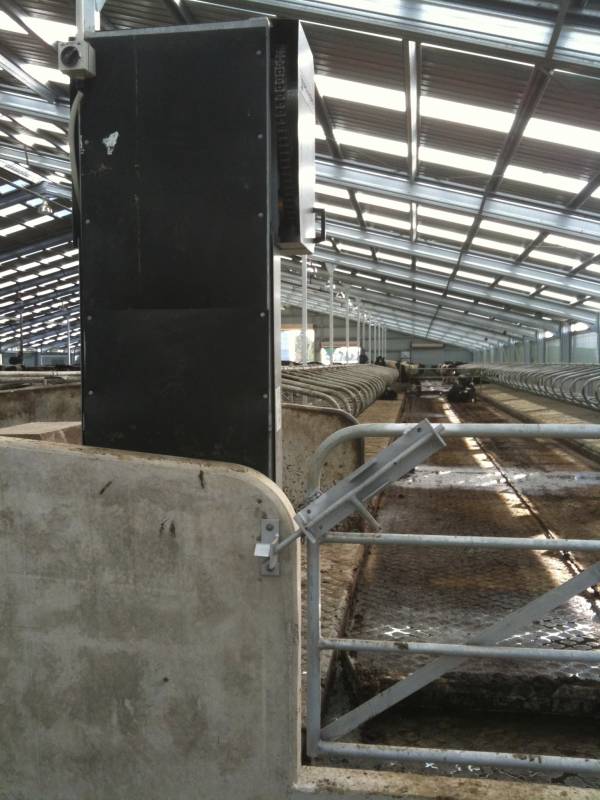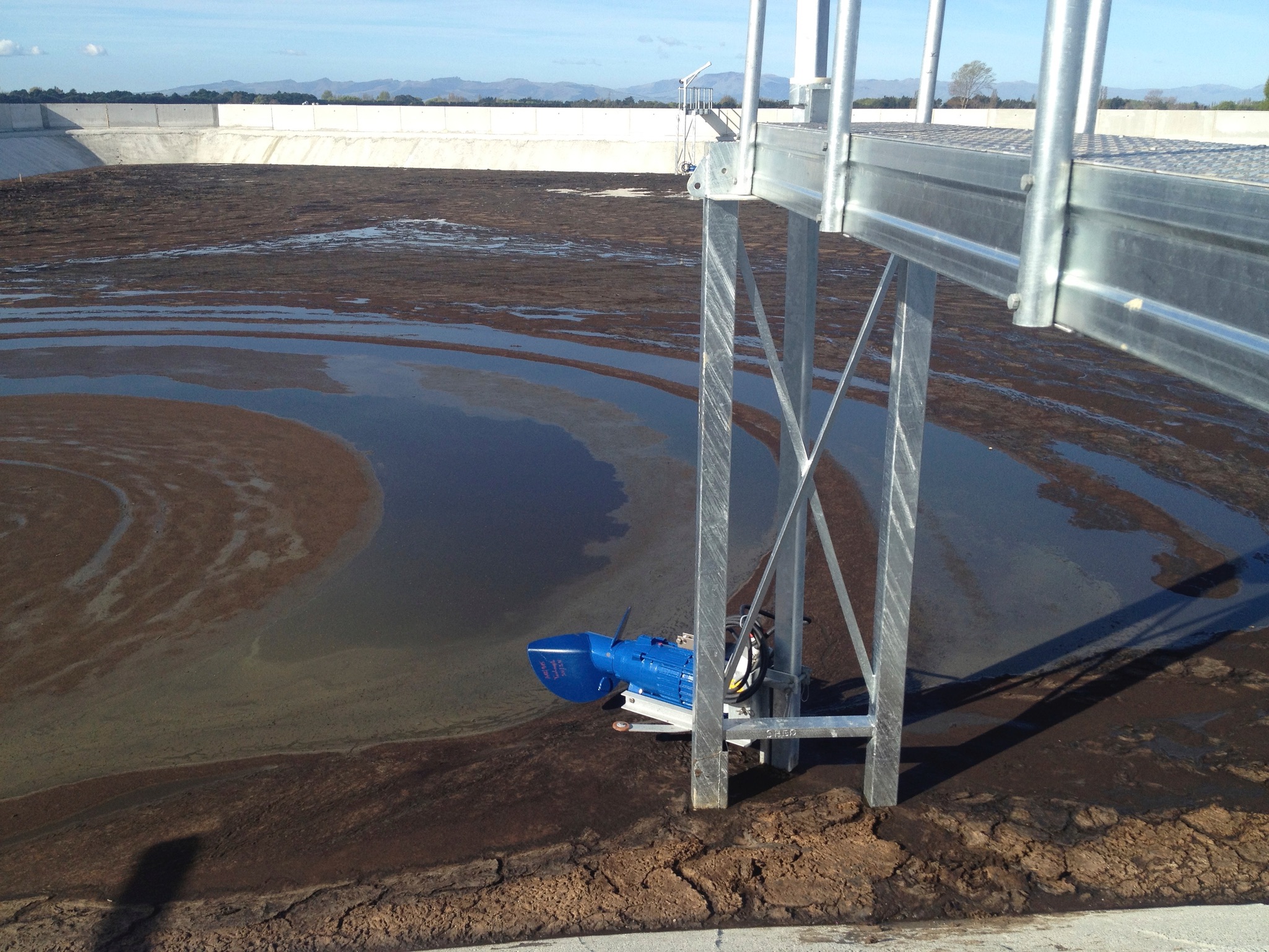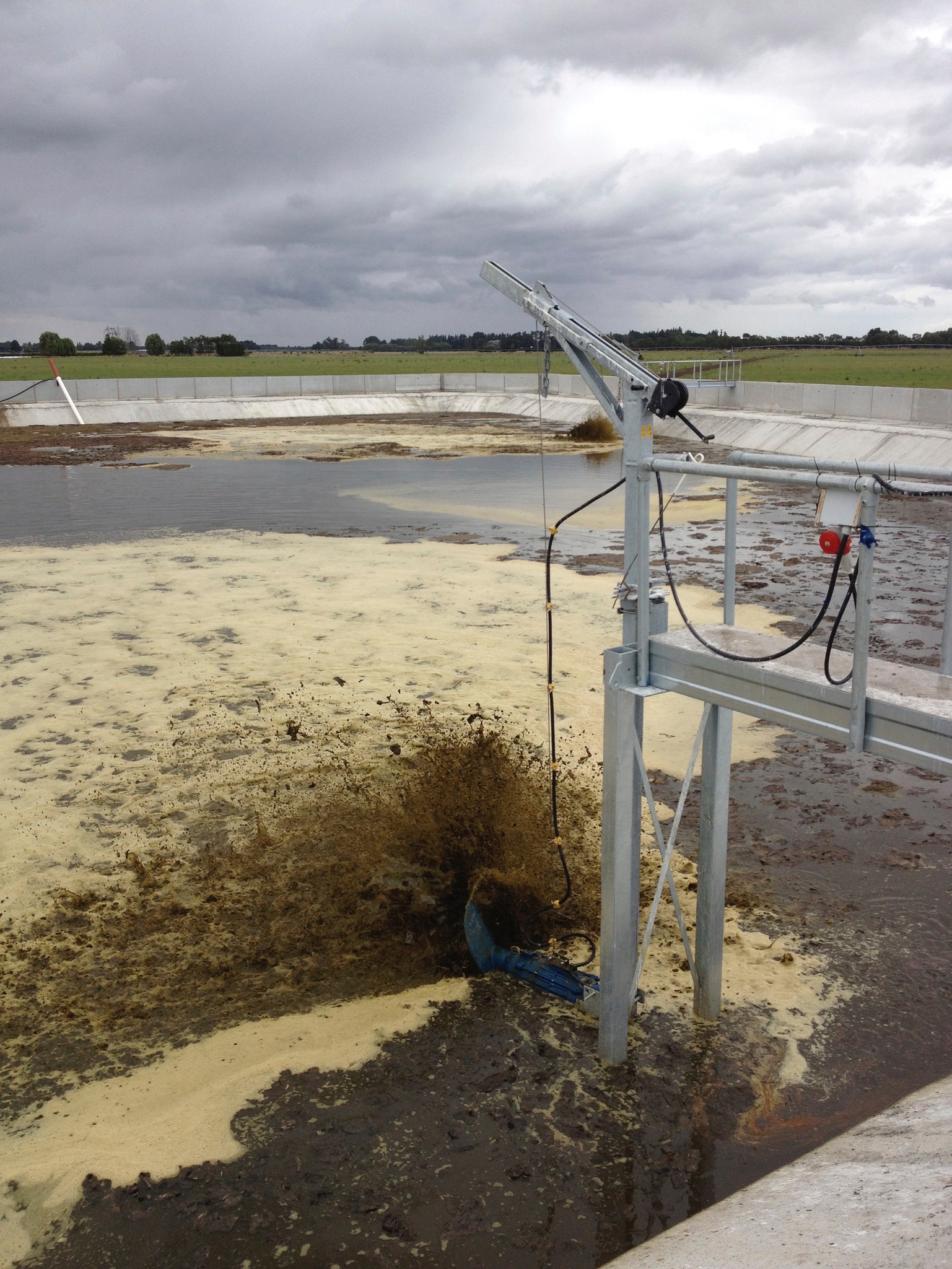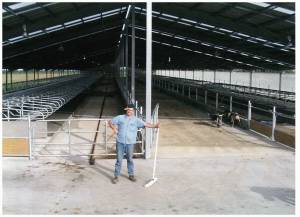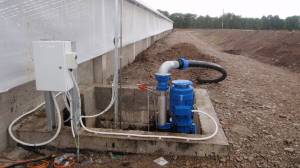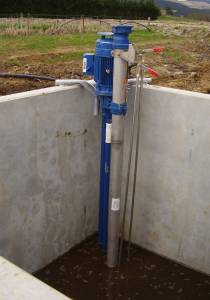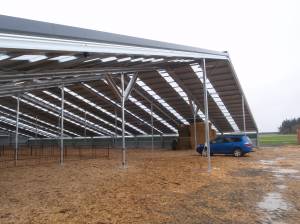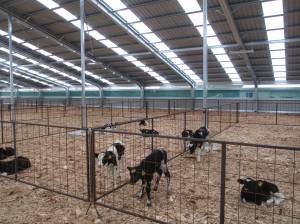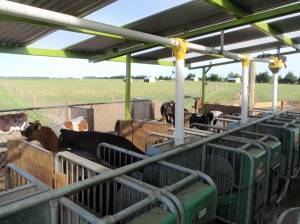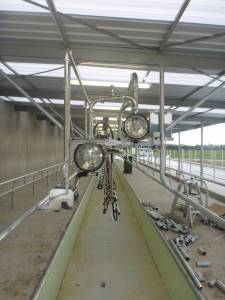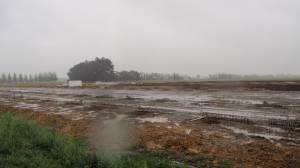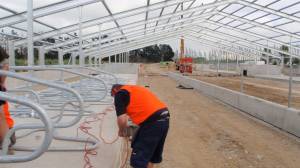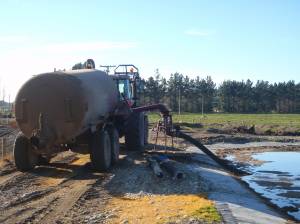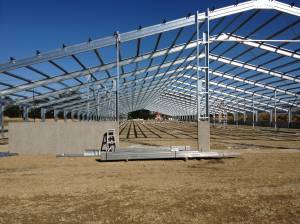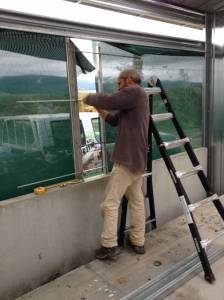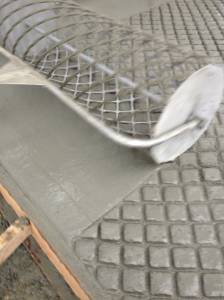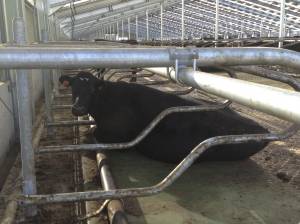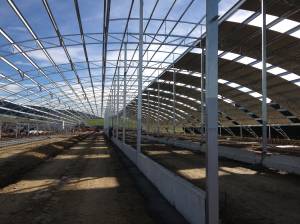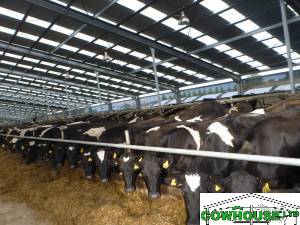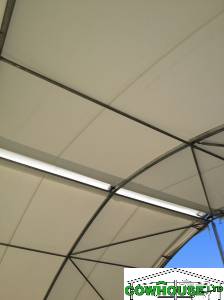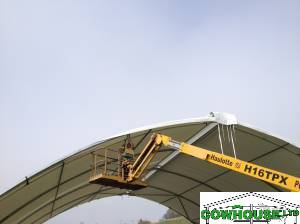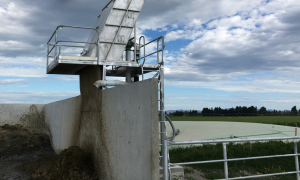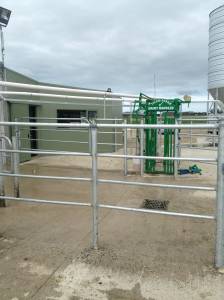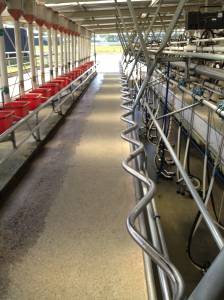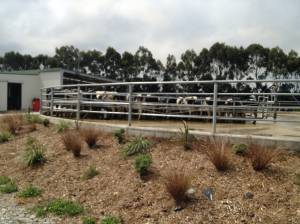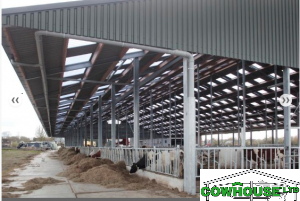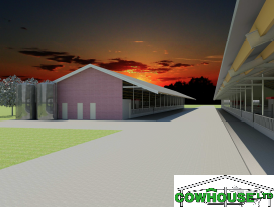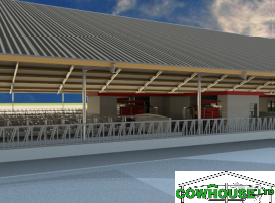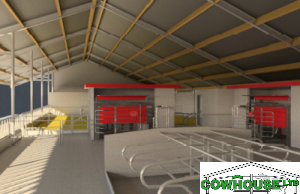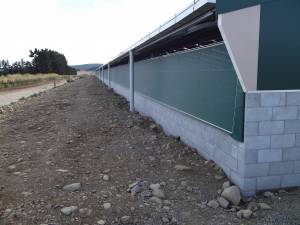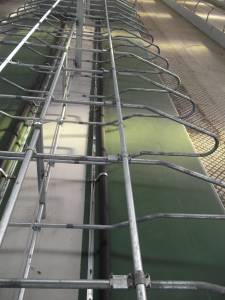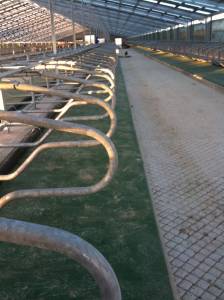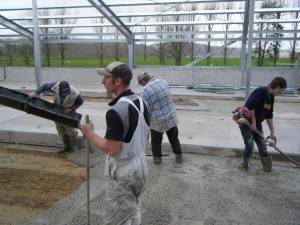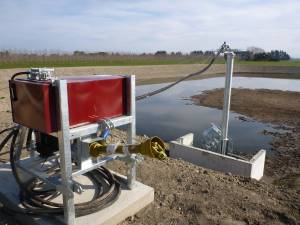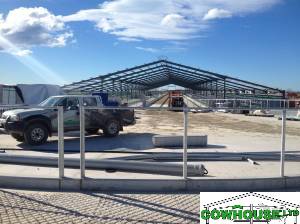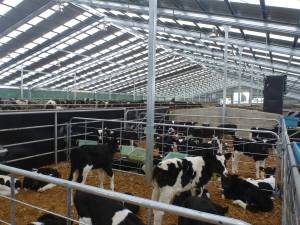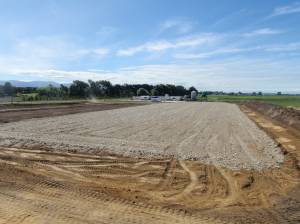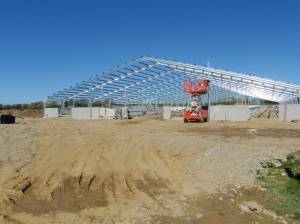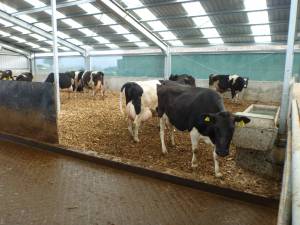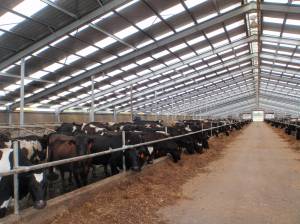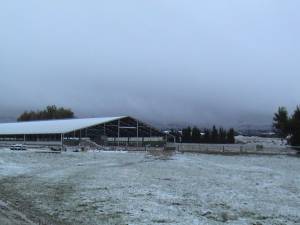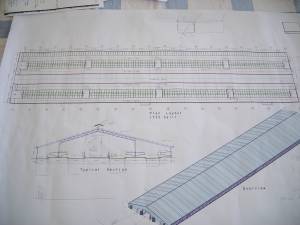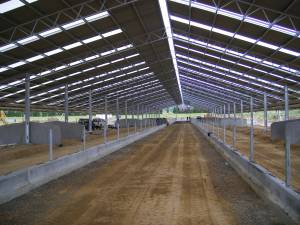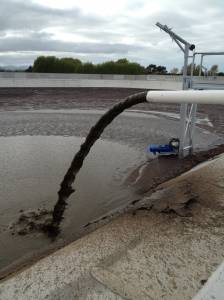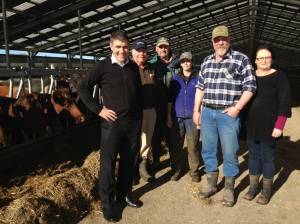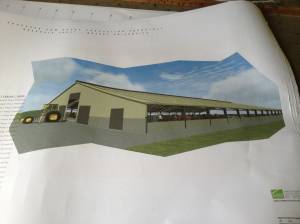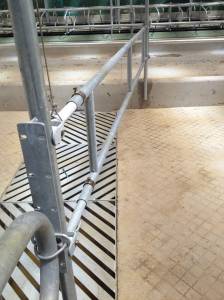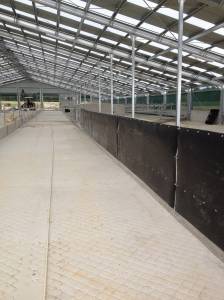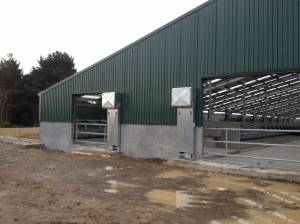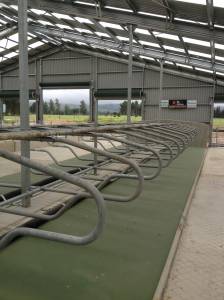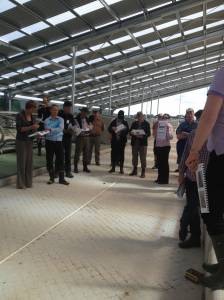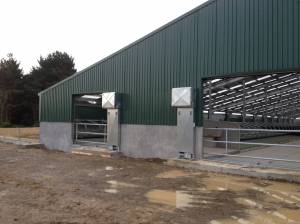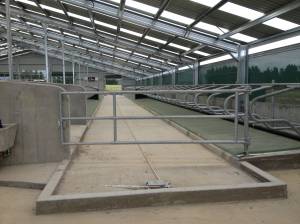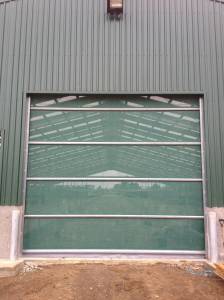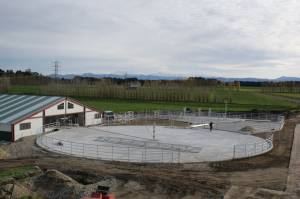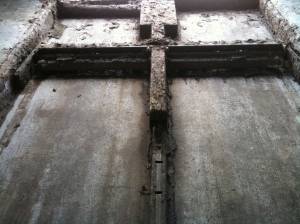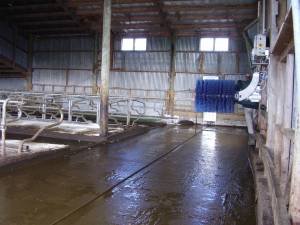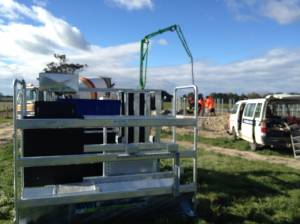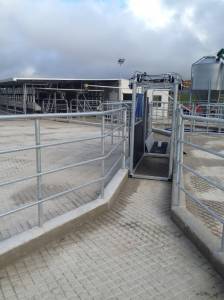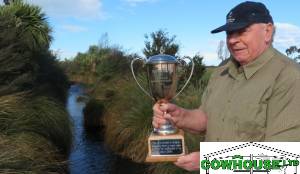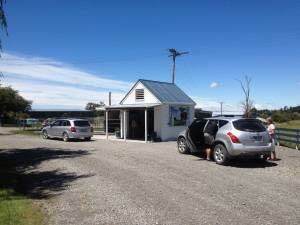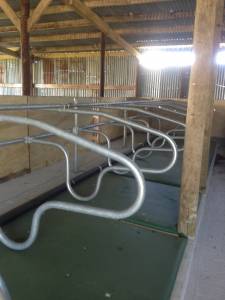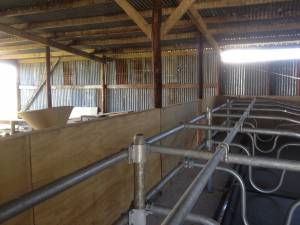8000 Cube Ecobag Nutrient Capture and Re Use
Largest totally enclosed effluent system in NZ
Year Completed: 2021
Location:
Otautau
Objective:
To store all cowhouse effluent over winter and early spring and ability to use this on farm as natural fertliser and organic matter. Wageningen (NL) research indicated cowhouse effluent means 50% of nutrients are available straight away, the other 50% is slow release. Soil carbons in the form of organic matter is build up over time.
Solution:
8000 Cube enclosed Ecobag Nutrient capture and storage system. This system is fully approved by the Southland Regional council. A new standard in non crusting, none smelling storage is now set.
Instalation completed Feb 2021
Client Testimonial:
“The big benefit is there is no volatilisation of nitrogen as methane, as there is no contact with air so the slurry we’re spreading on to the farm from the Ecobag™ is higher in nutrients.”
Headline: Effluent - it’s in the bag
By Karen Trebilcock
Southland dairy farmer Abe de Wolde installed his first Ecobag Effluent Storage System in New Zealand for the storage of wintering barn slurry last year.
“They’re well used and well regarded in Europe but this was a first for New Zealand,” he sAYS.
And he’s so impressed he’s installing a second one in mid-January at a new wintering barn he’s building.
The 45-metre by 45m bladder, supplied in NZ by Technipharm, is 4.8m deep, and can hold 8000 cubic metres of effluent. It sits in the ground and when full is 75cm above the surface of the land.
As the effluent is not exposed to the environment there is no crusting, no odour and it’s completely safe.
“You can walk over it, there are no worries about anyone falling in.
“The big benefit is there is no volatilisation of nitrogen as methane, as there is no contact with air so the slurry we’re spreading on to the farm from the Ecobag ™is higher in nutrients.
“Our slurry is giving off very little methane and nitrous oxide so it’s good for us and good for nature.”
Abe’s Woldwide Dairy Group milks 4200 cows on five dairy farms near Winton.
The 2300 hectares produces about 2.5 million kg of milksolids a year from the mainly Friesian cows which have a mix of NZ and Dutch genetics.
Abe and his wife Anita moved to NZ from Holland in 1992 after milking 40 cows there on 26ha. They were one of the first farming families to convert sheep farms into dairy in Western Southland.
Right from the start they saw the possibilities of bringing European technology and farming systems to Southland.
“It’s our goal to combine the best farming systems from around the world to produce food more efficiently,” Abe said.
Very soon their first dairy farm had a 625 free-stall wintering barn built on it.
Now cows on four of their five farms go in the wintering barns at night in April and May, extending the round so milking can continue through until the end of the season.
Then they are in them fulltime in June and July with the cows milked until they are sixty days away from their expected calving.
Some of the barns are also used for calving in August and September.
Automatically scrapers travel the length of the barns eight to 10 times a day with no water added but the slurry still contains enough moisture for it to be spread when soil conditions are right.
And Technipharm’s Ecobag helps.
“As the effluent is completely enclosed it doesn’t dry out but also rain can’t get in so we don’t have more slurry than we need to spread on our paddocks.”
A 18kw stirrer keeps the contents from separating.
“It goes from about two until three in the morning, well I hope it’s going – no one is awake to hear it.”
He said regional council Environment Southland was supportive.
“The Ecobag came with very good instructions and specifications so they could see that it met all of the consent requirements.”
Effluent is spread mainly on silage paddocks using either a slurry tanker on an umbilical when soil moisture conditions allow which hasn’t been easy these past few months in Southland.
“We’ve had the most horrendous Spring, the worst we have known. It’s been very wet and very cold but there have been a few small windows when we have been able to spread effluent on safely.”
And he’s taken the scraping technology from the wintering barns into two of the dairies.
Instead of washing the yard, the most hated end-of-milking chore by far, it is scraped automatically.
“We wash inside the dairy and the two or three metres into the yard but the rest is scraped.
“A dairy cow produces one and a half litres of effluent on average every milking but it can take another 50 litres to wash that away per cow.
“That is a lot of clean water that you have to store and pump and then get rid of afterwards.
“And why turn clean water into effluent if you don’t have to?”
Lowering the environmental impact on all five dairy farms as much as possible has always been the goal for Woldwide Dairy Group and effluent management is a key part of it.
With good practices, and the right technology such as the Ecobag, the amount of nutrients entering Southland’s waterways are lessened but also less fertiliser needs to go on to grow the pasture and forage crops to feed Woldwide’s cows.
“Because we don’t lose the nitrogen through methane loss with the Ecobag, it means the effluent we’re putting on is high in nutrients which is exactly what we need.”
Share Case Study

